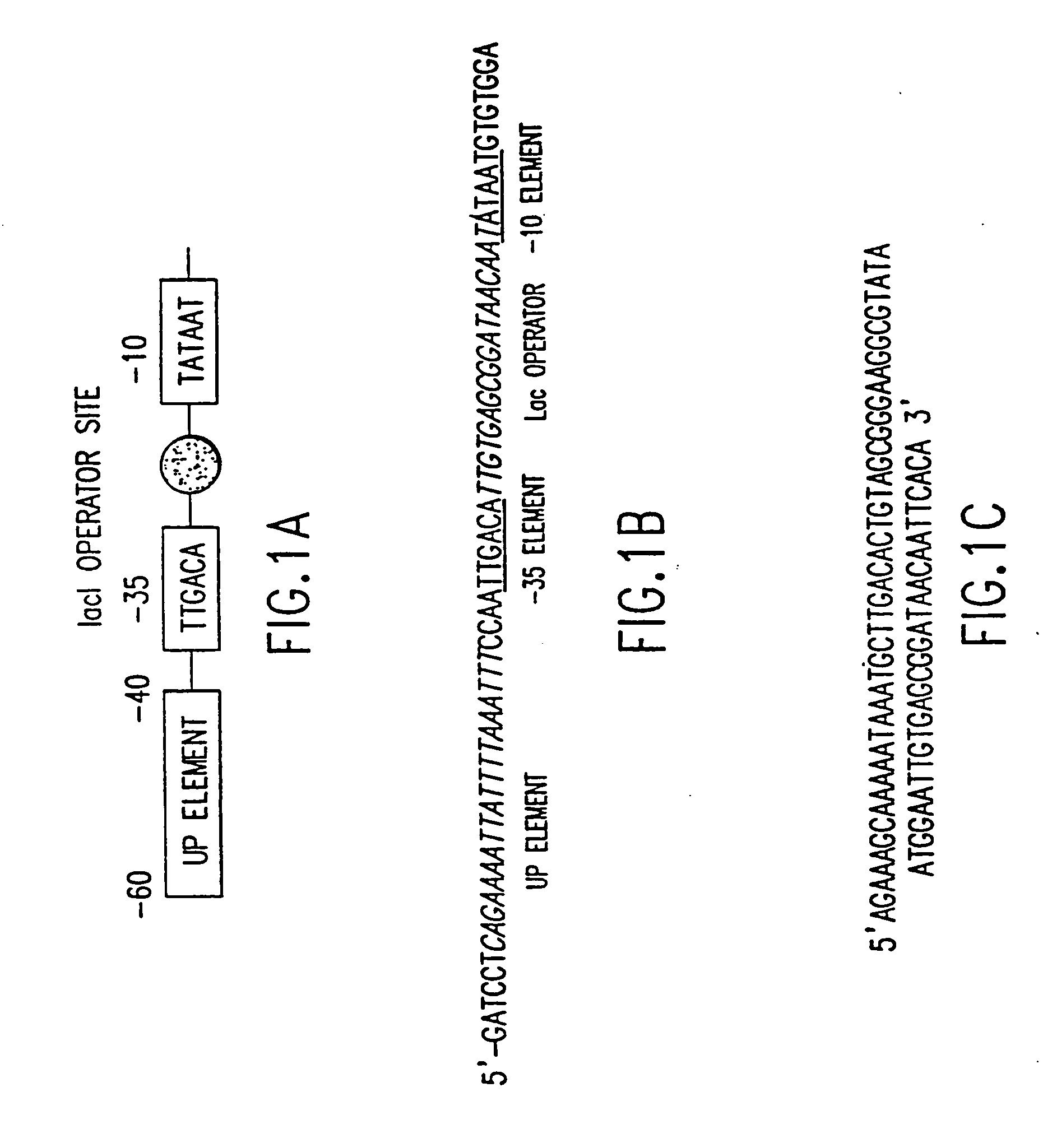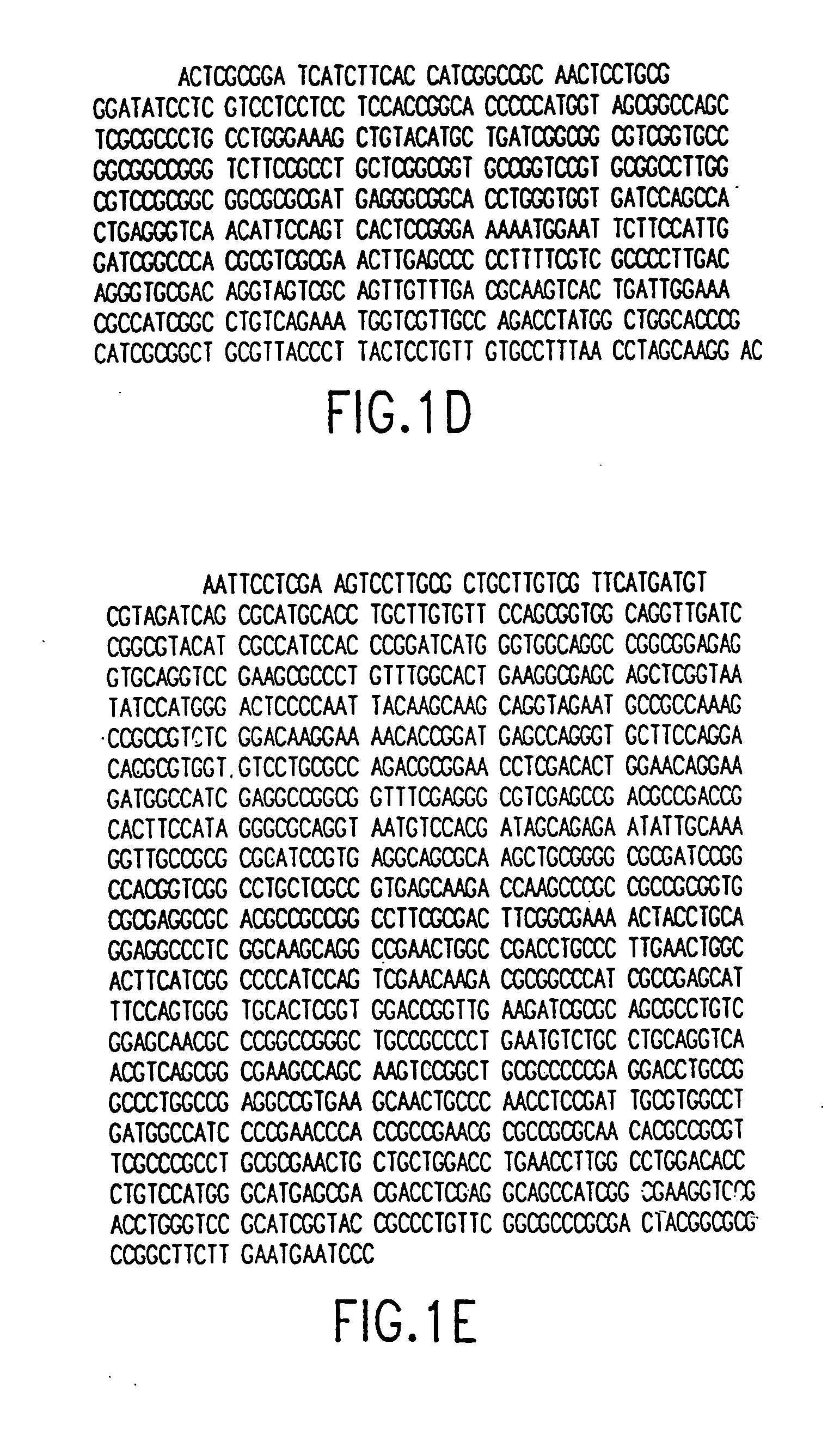Tissue-specific and pathogen-specific toxic agents, ribozymes, dnazymes and antisense oligonucleotides, and methods of use thereof
a technology of tissue-specific and pathogen-specific toxic agents and anti-sense oligonucleotides, which is applied in the direction of peptide/protein ingredients, genetic material ingredients, organic chemistry, etc., can solve the problems of high mortality (60%), infectious diseases that sicken or kill millions of people each year, and association with infections by this organism
- Summary
- Abstract
- Description
- Claims
- Application Information
AI Technical Summary
Benefits of technology
Problems solved by technology
Method used
Image
Examples
Embodiment Construction
[0079] The present invention provides toxic agent(s) and / or ribozyme(s) and their use in a tissue-specific, target-specific, or pathogen-specific manner for the treatment of disorders and disease related to bacterial, parasitic or viral infections or to cellular proliferation, and cancers. The ribozymes and / or toxic agents of the present invention may be engineered to target one or more specific RNAs contained in a specific cell or tissue in the host. The ribozymes of the present invention may also be engineered to target one or more specific RNAs encoded by a specific pathogen, virus, or microbial agent. The toxic agents of the present invention may also be engineered to target one or more specific RNAs, proteins, or molecules of a specific pathogen, virus, or microbial agent.
[0080] The present invention also provides toxic agents which are lethal or toxic to a selected pathogen. In one embodiment of the invention, the toxic agents of the invention comprise toxic proteins which ca...
PUM
| Property | Measurement | Unit |
|---|---|---|
| pH | aaaaa | aaaaa |
| time | aaaaa | aaaaa |
| volume | aaaaa | aaaaa |
Abstract
Description
Claims
Application Information
 Login to View More
Login to View More - R&D Engineer
- R&D Manager
- IP Professional
- Industry Leading Data Capabilities
- Powerful AI technology
- Patent DNA Extraction
Browse by: Latest US Patents, China's latest patents, Technical Efficacy Thesaurus, Application Domain, Technology Topic, Popular Technical Reports.
© 2024 PatSnap. All rights reserved.Legal|Privacy policy|Modern Slavery Act Transparency Statement|Sitemap|About US| Contact US: help@patsnap.com










